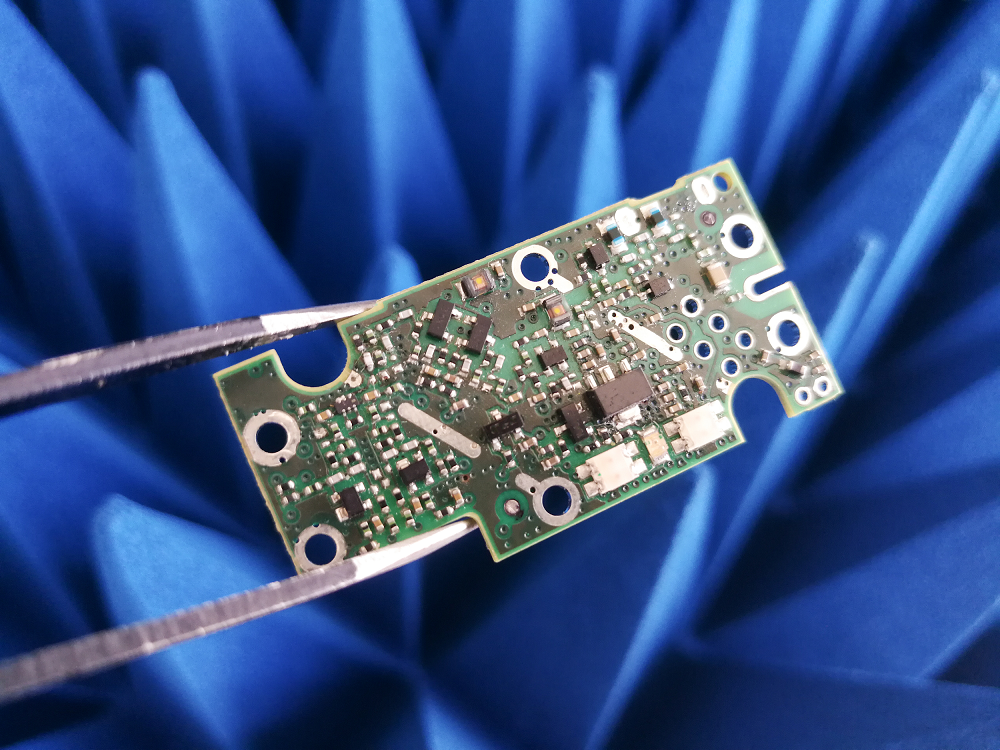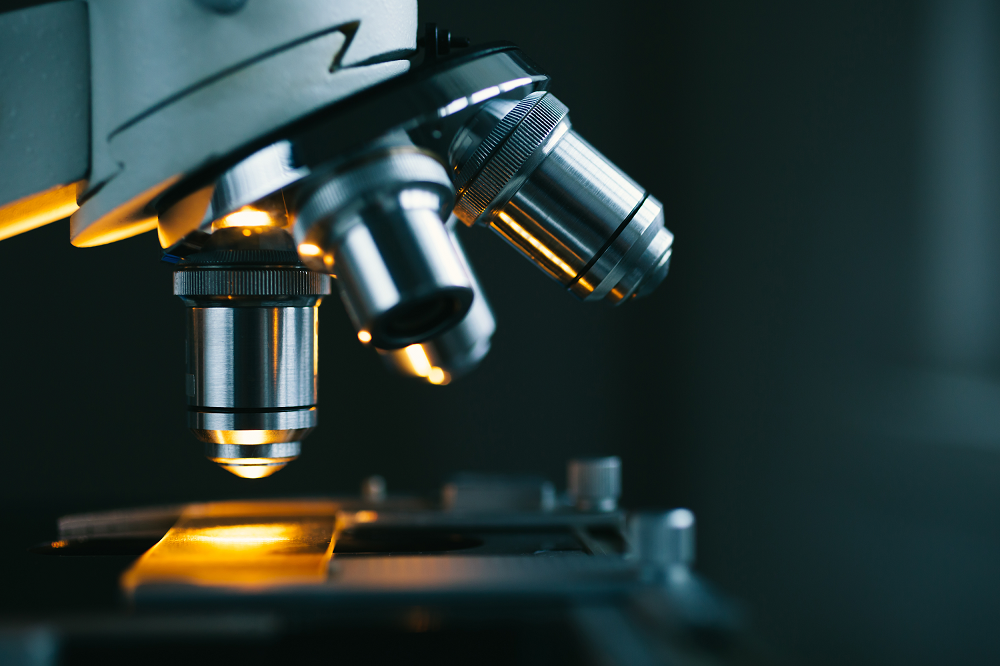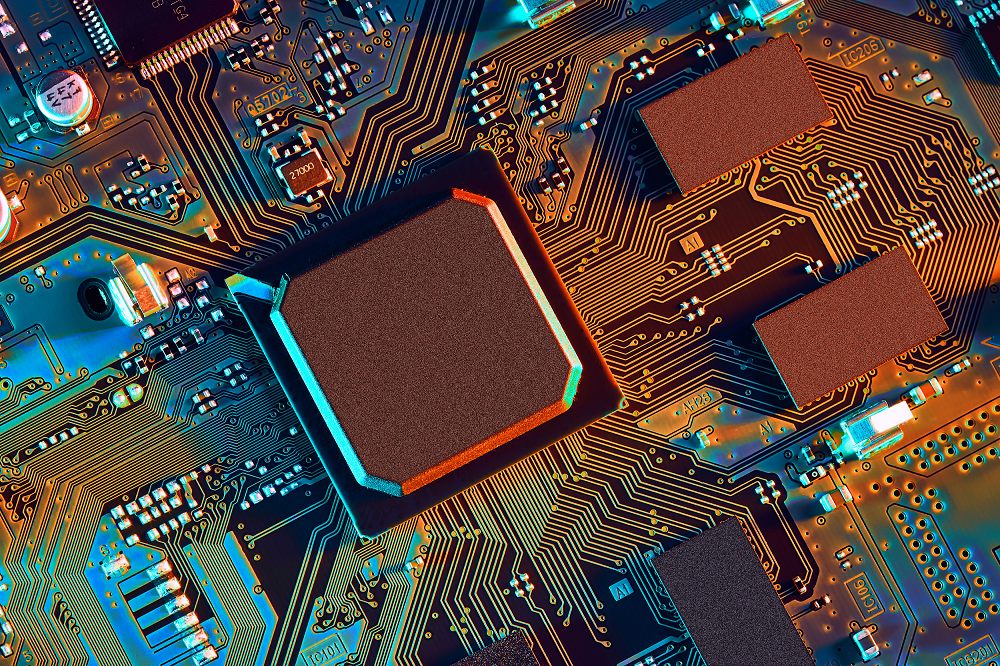Ways to Know If Acid Etching Is the Right Solution for You
April 2021
Acid etching—alternatively called photo etching, photo chemical etching, or chemical milling—is a metal fabrication process that can provide a number of production benefits. However, it is not the only type of fabrication process used to shape metal parts and components—far from it.
Manufacturers have several options available to them, including but not limited to metal stamping, laser cutting, waterjet cutting, and electric discharge machining (EDM), each of them with their own particular production advantages. Given this generous array of choices, how can you decide which process is right for your production needs?
While it’s true that acid etching is often the best choice, it is not always so—there are circumstances when your most appropriate option is one of the other aforenamed processes. Nonetheless, if any of the following circumstances apply to your project, it is likely that acid etching offers the best solution for your production needs.
You need to create a prototype quickly
In the business world, turnaround times often require dizzyingly fast production speeds. What used to require months is now expected, in many cases, to reach fruition in only days. If you need to produce a prototype, there’s often no time to waste. But when you use traditional stamping or machining processes, it can be difficult to create custom tooling in a short time-frame.
By contrast, it’s easier to produce prototypes rapidly when you resort to photo etching. Because this is a computer-aided design (CAD) process, there’s no need for expensive tooling. You also have the flexibility to make alterations to your design without fear of sustaining undue expense. If you need to make last-minute adjustments to the prototype, that can be achieved by merely tweaking the software.
Your design is extremely complicated
Although certain other kinds of fabrication processes, such as laser cutting, can handle complex designs, they tend to incur prohibitive expenses. That’s partly because lasers and other fabrication tools can generally only be in one place at any given time, no matter how rapidly they operate. Therefore, a complicated design will take significantly longer to produce than a simpler one—and this fact will be reflected in your expense sheet.
However, acid etching immerses the part or component in a chemical bath, which means all areas of the object are exposed to the corrosive agent simultaneously. This is another way of saying that the complexity of your design is not a factor in determining overall production times. In fact, there is almost no limit to the degree of complexity within reach, and you can etch all sides of a piece of metal. With other processes, you’re often charged for every distinct design feature to be etched.
Your materials are extremely thin
Extremely thin materials are especially suited for acid etching, which can generally handle surfaces ranging from 0.0005” to 0.080”. Thin, delicate metals tend to become slightly deformed due to thermal or mechanical stresses inflicted by lasers, stamping, and related processes.
While this isn’t necessarily a huge problem with larger materials, thin surfaces of this nature require a lighter touch. You can get that with photo chemical etching, as it uses corrosive agents to form grooves, apertures, and other very fine design elements. Acid etching metal also will not affect the hardness or ductileness of the material.
You have a high-volume order
If you need to manufacture a huge number of products, acid etching is frequently the best way to generate a large production run. Not only can chemical etching work on all areas of a given part at the same time, it can also fabricate a large number of individual parts simultaneously. This is another benefit that laser cutting, for instance, cannot replicate. Furthermore, acid etching is a highly repeatable process; maskants can be reused again and again with no degradation of quality.

You need a high degree of precision
In general, electronic components demand tight tolerances to ensure optimal performance. Unfortunately, this is difficult to achieve with most fabrication processes. Laser etching, for instance, often creates tiny burrs that can compromise the functionality of a part.
Electroforming places stress on the material that can create slight distortions of the material that push it beyond acceptable tolerances. Because acid etching does not produce heat or mechanical stresses, it’s possible to achieve the kinds of tight tolerances so often required of delicate electronic components.
You have a type of metal unsuited to other processes
One of the more attractive benefits of acid etching is its versatility: It can be effectively used on nearly any kind of metal, including copper, brass, steel, aluminum, nickel, zinc, titanium, and silver.
This certainly isn’t true of other fabrication processes. Stamping can be difficult with hard materials like titanium, while laser cutting is often ineffective on certain alloys. Photo chemical etching is not bound by these limitations. It can be performed on soft, hard, and even brittle metals.
You have a non-flat product
One of the least remarked-upon benefits of acid etching is the ease in which it can process spherical, cylindrical, or other kinds of non-flat objects. While many forms of etching are intended for the treatment of flat surfaces, this limitation doesn’t apply to acid etching.
It’s a simple matter to create maskants that can “wrap around” the contours of an object and protect those areas from the corrosive agent. By comparison, it can be extremely difficult or impossible for laser cutting or stamping equipment to manipulate a non-flat surface in order to perform accurate etching.
Overall, acid etching is a highly cost-effective, versatile, speed production process that is well suited to a wide variety of manufacturing environments. These many advantages have given this process a place of honor in many industries, including the aerospace, military, electronics, automotive, and medical sectors.
If you are interested in helping your organization benefit from the power of photo chemical etching, feel free to contact United Western Enterprises, Inc. We are an AS 9100D / ISO 9001:2015 Certified Company based out of Camarillo, California. Since our founding in 1969, UWE, Inc., has manufactured photo-etched parts and components—from EMI-RFI shielding to encoder disks—for a wide spectrum of businesses. Call us at 800-964-6461 or request a quote.

